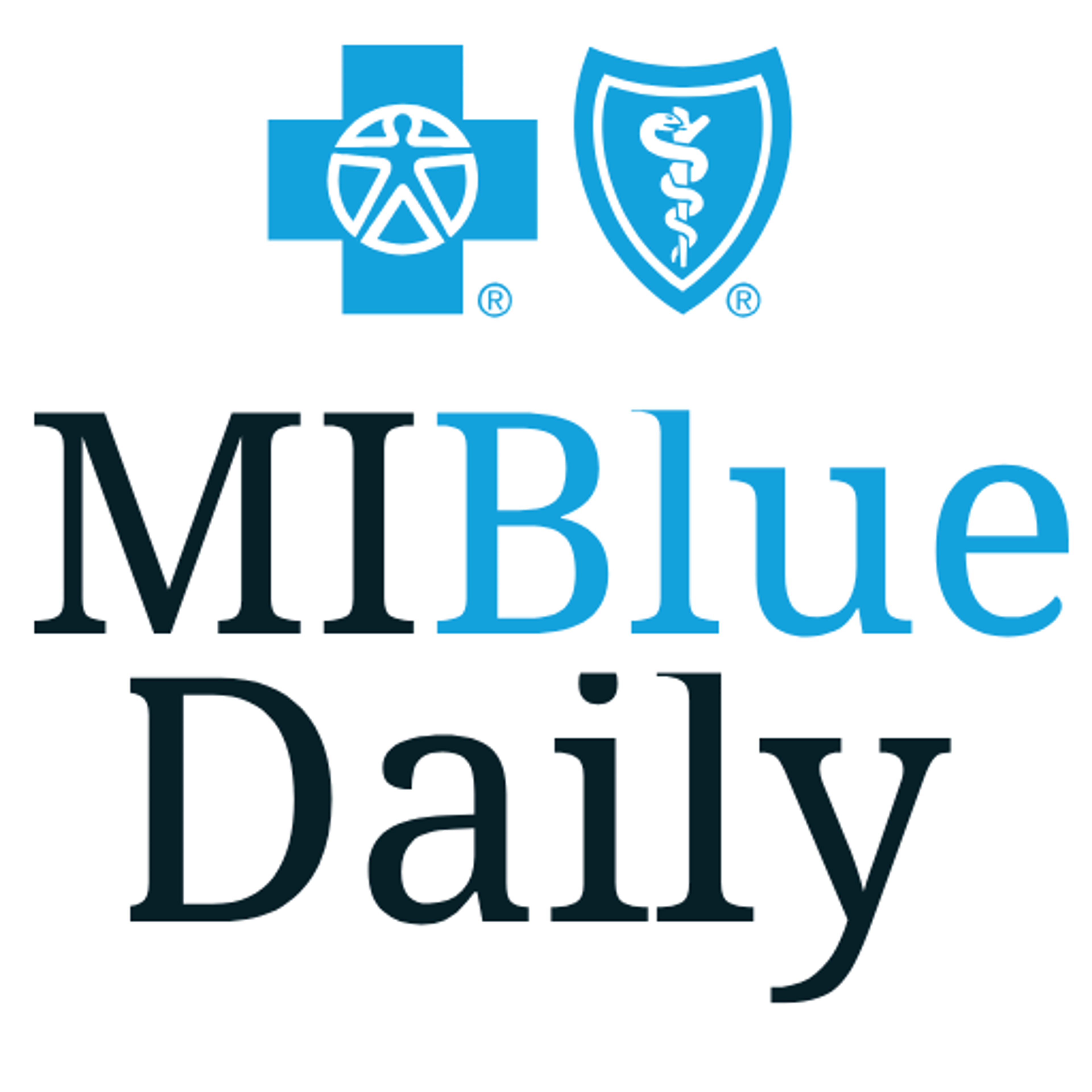Blue Cross Expands In-Home Care Program for Seniors with Chronic Conditions

Blue Daily
| 5 min read

For the past two years, Blue Cross Blue Shield of Michigan has been working to implement in-home health care solutions for chronically ill seniors. Blue Cross recently announced it will expand a program for in-home care services for some of our most vulnerable members. It builds on a program offering high-intensity, in-home care services for UAW Retiree Medical Benefits Trust Medicare Advantage members in Southeast Michigan. We now plan to expand these services to more than 85,000 of our Medicare Advantage members across the Lower Peninsula. “This program is expected to help our provider partners better serve a segment of our highest needs population, which represents 19% of MA membership,” said Todd Van Tol, executive vice president for Health Care Value.
URMBT program
The UAW Retiree Medical Benefits Trust (URMBT) program launched in October 2021, using the services of Landmark Health LLC. Landmark Health is an independent company that provides Blue Cross with care management services. For the first four months of the program, more than 2,000 in-home visits took place and more than 1,400 members participated in the program. “URMBT was a well-suited starting point for launching this program due the high level of need within their membership and the interest of their leadership to a new home-based model of care,” explained Lori Aronson, vice president for Care Delivery Solutions.
Program expansion
The newly expanded program reflects a “home first when possible” philosophy that supports some of our most vulnerable members with the services they need while both reducing costs and risks they might face in an institutional setting. It’s all part of our health care delivery transformation efforts that focus on value-based care for all our members. “The program takes a physician-led, interdisciplinary team approach to complement office-based primary care, with services such as care management, behavioral health, medication management, 24/7 nurse triage and urgent care,” said Dr. James Grant, senior vice president and chief medical officer. “It also incorporates community health advocates to better support the member.” Members using this program are treated at home, avoiding a potential multiweek medical stay in a hospital.
Key elements
The program has four basic elements:
- Support frail elders managing multiple conditions.
- Meet patients in the comfort of their homes.
- Deliver geriatric care that includes medical, behavioral and urgent care.
- Coordinate with their primary care provider, offering mobile geriatric support.
“By providing defined patient populations with more targeted care, we can improve member experience and coordination of care, resulting in better overall health and reduced costs,” said Laurie Chrostowski, director, care delivery solutions.
Success stories
Here are some examples of how the program helps members:
T.S.*
A 66 year-old, male, T.S. had a left-sided stroke about one year ago. He spent four months in a coma and required feeding tubes, ventilation and tracheostomy. He also has high blood pressure and high cholesterol. T.S. has recovered significantly, but continues to have memory difficulties, minimal right-sided weakness and dyskinesia. Part of Landmark’s treatment plan is to work with T.S. and his care team to address intermittent dizziness and low blood pressure, and coordinate medications and care with his primary care provider and specialists. Landmark reports T.S. is healthy and stable. He told Landmark he hasn’t had any episodes of dizziness or falls since working with Landmark.
B.C.*
B.C. is an 87-year-old female who lives with adult children in the same house, though she provides more care for them than they do for her. She contacted Landmark after receiving a flyer introducing her to the program and decided to call because she didn’t want to go to the emergency department. She was suffering from bladder infection and had been treated by her primary care provider with antibiotics but was not improving as quickly as she hoped. Landmark visited BC on back-to-back days. During the initial visit, it was determined that B.C. had been prescribed antibiotics days before but hadn’t been taking them as directed. She was evaluated for signs of worsening infection, such as sepsis or kidney involvement, but no additional concerning symptoms were found. B.C. called the next day due to unusual nausea and vomiting. During the second visit, she was treated with anti-nausea medication. Urinalysis was completed in-home. A Landmark physician contacted BC’s primary care provider for a physician-to-physician discussion regarding the treatment plan. Urinalysis showed her bladder infection was improving and that continued treatment following the current course of antibiotics was appropriate. B.C. was contacted by Landmark several times over the following days to monitor progress and avert an unnecessary ER visit.
F.J.*
F.J. is a is a 72-year-old male who is non-compliant with his medication regimen and complains of shortness of breath. He has Type 2 diabetes, which requires insulin, hypertension, chronic obstructive pulmonary disorder and morbid obesity. F.J. said his goal is to get “back to a normal routine without shortness of breath.” In December 2021, he was discharged from the hospital and treated by several specialists who had prescribed two inhalers. F.J. said he didn’t know how to take his medication — and why it was needed — and that he didn’t like them because they didn’t make him feel any better. He was using an over-the-counter nasal spray and mist instead. Landmark discussed F.J.’s plan of care with the multidisciplinary care team and determined that a nurse care manager would follow up with a call to him in two weeks to continue education and support. Landmark provided F.J. with extensive education about his medical conditions, specialists and the importance of using his medications as prescribed. “I see all of these doctors and they are all doing different things,” F.J. said. “Marcia (from Landmark) came in and I got more education from her than all these specialists! She put it in layman’s terms and I was able to understand everything for once. I am very appreciative of the Landmark team, the education and the time spent with them. I am looking forward to the next visit.”
*Abbreviations used to protect the identity of the member. Member stories are shared with permission. For more information on home-based care management and utilization management programs for Blue Cross and BCN members, click here. More from MIBluesPerspectives.com:
Photo credit: Getty Images





